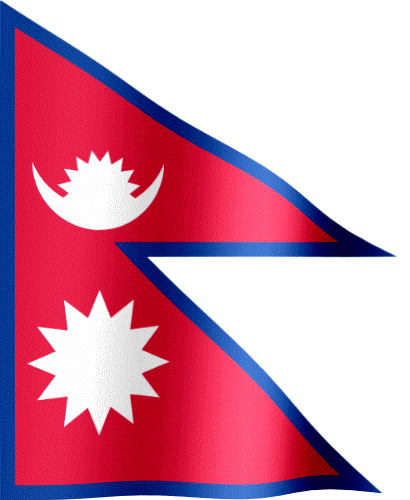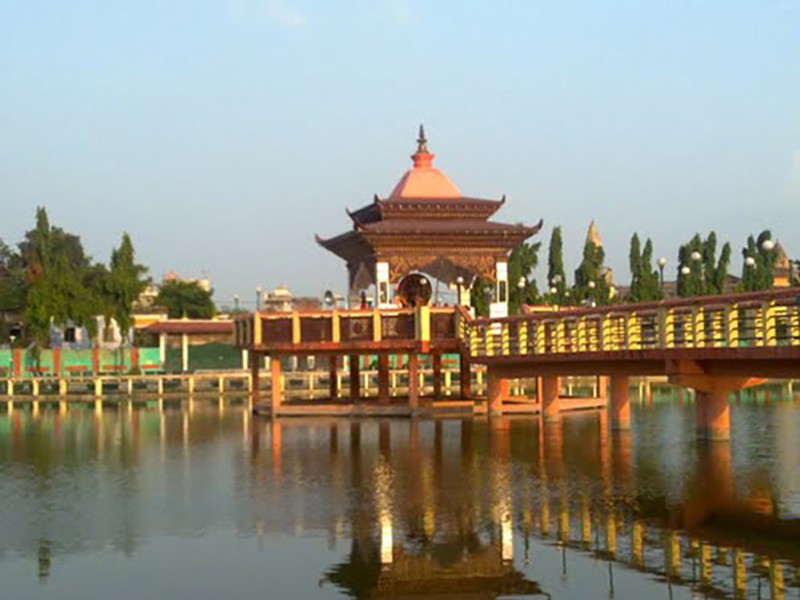Reference Code: TSTNP
Trip Start: Kathmandu
Trek Start: Bhadrapur
Trek Days: 19 Days
Age: 10 year to 70 years
Season: Spring, Summer and Autumn
Accommodation: Hotel and Resort
Service: Full board
Destination: Nepal
Trip End: Kathmandu
Trek End: Chitwan
Trip Durations: 22 Days
Physical Rating: Comfort
Group Size: 1-40
Theme: Sightseeing
Meals: Standard

Nepal is divides into 3 regions. i.e. Himalayan region, Hilly region and Terai region. Terai region is located on the bottom part of Nepal. Terai is usually known as the grain house of Nepal since most the crops that are sold throughout Nepal are farmed from Terai region. The land area of Terai region is also very plain i.e. it is most suitable for growing crops and other food items. The Terai is a region of grasslands, savannas and forests between the foots of the Hilly region.
Terai region covers about 17% of the total area of Nepal. The Terai stretches from the international border with India in the Far-Western region to the Easter region. It is located at an altitude of 67-300m (220-980 ft.). The terai region consists of many small and seasonal rovers, most of them which originate straight from the Himalayan regions. The Terai’s soil is alluvial and moist so that various species of food crops can cultured and harvested. Main crops that are cultivated are paddy, wheat, pulses, moong, sugarcane, jute, tobacco and maize. Many agro-based industries like jute factories, sugar mills, are established throughout the region.

In Nepal, Terai is differentiated in “outer” and “Inner” Terai. The Outer Terai starts from the southern edge of theSiwalik Hills. In Nepal, it extends to the border withIndia and includes drier, mostly cleared agricultural land. The major towns that are located on outer terai ofNepal are:
Bhadrapur, Mechinagar, Biratnagar, Inaruwa, Itahari, Lahan, Rajbiraj, Janakpur, Birjgung, Butwal and Siddharthanagar.
Inner Terai refers to elongated valleys lying between the Siwalik Range and the Mahabharat range. These valleys are known as “Duns”. Like for example Dehra Dun. Most of the valleys extend east-west to enclosing ranges. Inner Terai valleys historically were agriculturally productive but extremely malaraial. Indigineous Tharu people had resistance towards the disease due to the presence of sickle cells present in them. Some important towns in Inner Terai are Triyuga, Kamalamai, Bharatpur, Hetauda, tandi, Tulsipur, Tribhuvannagar, Deukhuri and Birendranagar.
Since the Terai region usually consists of forests it is more prone to diseases.
Ethnic Groups:
Tharu people have been the inhibitants of the Terai region from the very beginning. They had resistance towards malaria. After the launch of Malaraial eradication program many people from the Hilly region started to migrate towards the Terai region and hance sttled there. The eastern part has been occupied by castes and ethnic groups that migrated from India- the Madhesi people, a term that sometimes also includes the Tharu people. People from Hilly region were wealthier and hence purchased large amount of Land for themselves for irrigational purpose.

Inclusion
Note: The cost includes varies with the enthusiam of the sightseeing person so, includes will be delivered as per request only.


